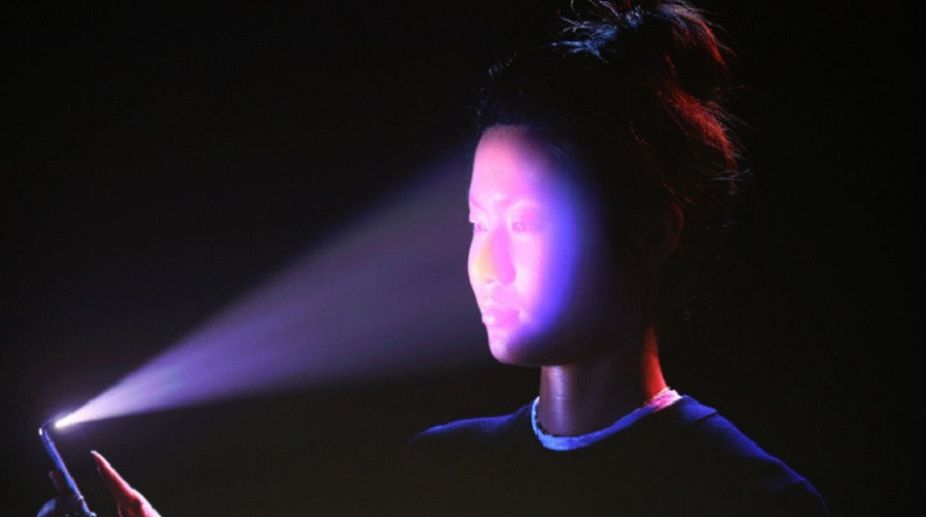Facial recognition technology from Apple and Samsung will prompt other manufacturers to include the feature in their devices, a report said on Thursday, adding that one billion smartphones will have some form of a face unlock solution in 2020.
According to a report by market research company Counterpoint Research, this development could lead to facial recognition becoming the de-facto standard for unlocking phones and the gradual elimination of fingerprint sensors in smartphones.
Advertisement
“The diffusion of facial recognition technology into lower tier price bands will be faster than any other flagship feature due to 2D facial recognition being native on the Android platform,” said Pavel Naiya, Senior Analyst at Counterpoint Research.
“However, according to our estimates, close to 60 per cent of all smartphones with facial recognition will use 3D technology in 2020. Data collected from multiple 3D sensors will assist emerging technologies like Augmented Reality, Virtual Reality and Artificial Intelligence to widen their use cases,” he added.
When talking about biometrics in terms of security and convenience, the firm found that convenience is generally more important than security to most consumers.
“There are certainly situations where looking directly at a smartphone will be inconvenient, such as when walking briskly along a crowded street”, Peter Richardson, Research Director at Counterpoint Research, added.
“In such cases, a fingerprint sensor may well be more convenient and quicker as it does not require the user to look directly at the device and could even be unlocked as it is being removed from the user’s pocket or bag,” Richardson added.
“Face ID is well-suited for applications that require higher security, such as mobile payments, and where speed is not necessarily of essence. In such cases, consumers may be happy to wait longer, say 2-3 seconds, in return for a much higher level of security,” added Richardson.
Even though companies have been working on contactless authentication, predominantly to accommodate larger screens, Counterpoint Research said that the fingerprint sensor is far from dead.
Counterpoint’s Component Tracker estimated that more than a billion smartphones sporting fingerprint sensors will be shipped in 2018.











